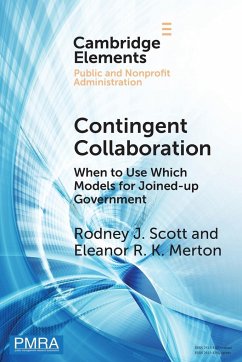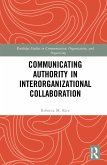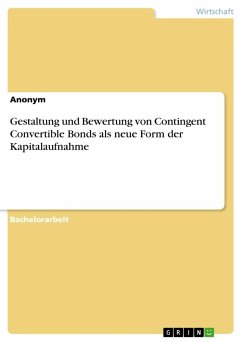The question of how agencies can work together has been central to the field of public administration for several decades. Despite significant research, the process of collaboration can still be a fraught endeavour for practitioners. Nevertheless, agencies keep trying to work together because it is the only way to make progress on the biggest challenges facing public administrators. This Element reveals the deeply contingent nature of collaboration, rejecting the idea that collaboration can be reduced to a universal best practice. The New Zealand government has implemented such a contingent approach that maps different collaborative methods against problem settings and the degree of trade-off required from the actors' core or individual work. This Element provides a detailed case study of the New Zealand approach, and 18 embedded elements or 'model' collaborative forms for joined-up government. It explains how New Zealand public servants approach the important question: 'when to use which models?'.
Hinweis: Dieser Artikel kann nur an eine deutsche Lieferadresse ausgeliefert werden.
Hinweis: Dieser Artikel kann nur an eine deutsche Lieferadresse ausgeliefert werden.




![CONTINGENT CONVERTIBLES [COCOS] CONTINGENT CONVERTIBLES [COCOS]](https://bilder.buecher.de/produkte/41/41372/41372302m.jpg)



